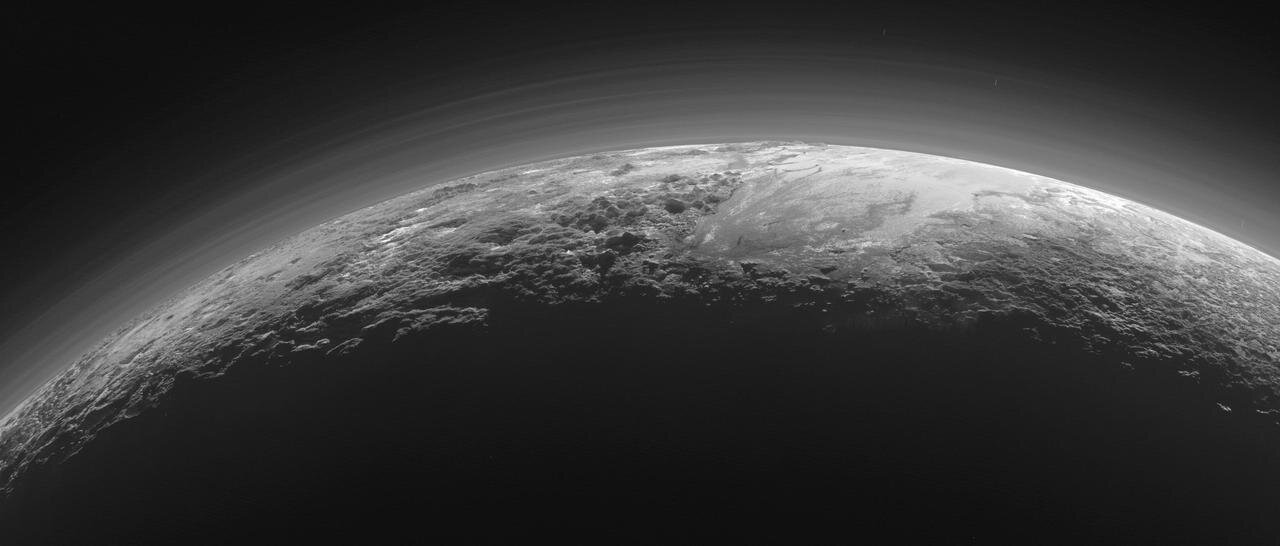
As NASA's New Horizons spacecraft traveled through the Kuiper Belt at a distance of more than 5.5 billion ml from Earth, an international team of astronomers conducted the first-ever successful demonstration of deep space stellar navigation.

When the New Horizons spacecraft swept past Pluto and Charon in 2015, it revealed two amazingly complex worlds and an active atmosphere on Pluto.

New measurements by NASA’s New Horizons spacecraft show higher than model-predicted levels of interstellar dust as the spacecraft approaches the putative outer edge of the Kuiper Belt.

On April 17 New Horizons reached a rare deep-space milepost - 50 astronomical units from the Sun, or 50 times farther from the Sun than Earth is. New Horizons is just the fifth spacecraft to reach this great distance.

A fresh image from NASA’s New Horizons spacecraft released Tuesday showed the mission’s distant flyby target a billion miles beyond Pluto — nicknamed Ultima Thule — has an elongated shape.

NASA’s New Horizons spacecraft, now 3.79 billion miles from Earth, snapped these images of Kuiper Belt Objects. They’re the furthest images ever taken away from Earth.
A prior study demonstrated that Pluto's center is sufficiently warm to bolster a fluid water sea, and now we've discovered that it may be immense - no less than 100 km (62 miles) profound.

A modeling paper published this week in Geophysical Research Letters offers a simple but fascinating explanation: partial freezing within a subsurface, liquid water ocean.

Pluto's heart-shaped Sputnik Planum region is only 10 million years old — far younger than the rest of the dwarf planet, according to a new study.

For decades, Alan Stern talked about how important it was to send a spacecraft to Pluto. Those speeches, given to any audience willing to lend an ear, helped build up support for a mission to what was once classified the ninth planet, maintain support once NASA agreed to fly a mission after previous efforts foundered, and to retain interest once New Horizons was on its long cruise to Pluto.

(PhysOrg.com) -- At this very moment one of the fastest spacecraft ever launched -- NASA